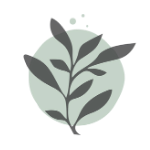Acupuncture
Bioenergetic Therapies
Chronic Illness & Complex Cases
Detoxification & Environmental Medicine
Functional Lab Testing
Functional & Integrative Medicine
Gut Health & Digestive Restoration
Herbal Medicine & Nutraceutical Therapy
Hormone & Metabolic Optimization
Immune Health & Autoimmune Support
Integrative Oncology
Microneedling & Skin Rejuvenation
Longevity & Mitochondrial Health
Red Light Therapy
Regenerative Injection Therapy
Sports Medicine & Injury Recovery
Weight Loss & Metabolic Health
Women’s Health & Fertility Support
